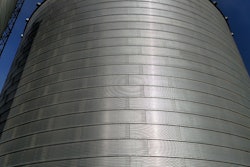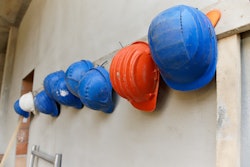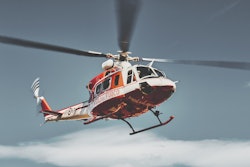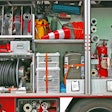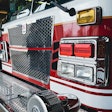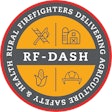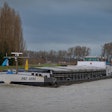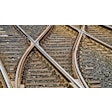
Grain elevators and feed facilities need to use confined space entry permits for safety and regulatory compliance reasons.
To mitigate the risks of working in confined spaces and ensure the safety of workers, confined space regulations are put in place by regulatory agencies like the Occupational Safety and Health Administration (OSHA). These regulations require employers to develop and implement confined space entry programs, including obtaining confined space entry permits.
Download the full infographic here.
A confined space entry permit is a formal written authorization that outlines the specific conditions and safety measures required for workers to enter a confined space. It includes the purpose of entry, potential hazards, safety procedures, communication protocols, emergency rescue plans and the names of authorized personnel involved in the entry process.
By requiring confined space entry permits, grain elevators can ensure only trained and authorized personnel enter the confined spaces, and proper safety measures are followed to prevent accidents, injuries and fatalities. Employees will be required to obtain a confined space entry permit in the following situations:
- A confined space, by OSHA definition, is a space large enough for an employee to enter and perform assigned work, not designed for continuous occupancy, and has limited means of entry or exit.
- A permit-required confined space has additional characteristics such as containing a hazardous atmosphere, potential engulfment hazards, configuration that can trap or asphyxiate an entrant, or other recognized safety or health hazards.
- Key elements of an entry permit include information about the space, purpose of entry, authorized entrants, attendants, entry supervisor, hazards, isolation measures, acceptable entry conditions, testing results, rescue and emergency services, communication procedures, required equipment, and other necessary information.
- A permit is valid for one shift and must be renewed before each reentry into the confined space, with atmospheric testing and verification of precautions.
- Only approved operations or work should be conducted in the confined space as specified in the permit.
- Changes in work conditions or activities that introduce new hazards require a new permit or reissuing of the original permit, and canceled entry permits should be retained for review purposes for at least one year.
Information provided by OSHA.
.jpg?auto=format%2Ccompress&crop=faces&fit=crop&h=48&q=70&w=48)


